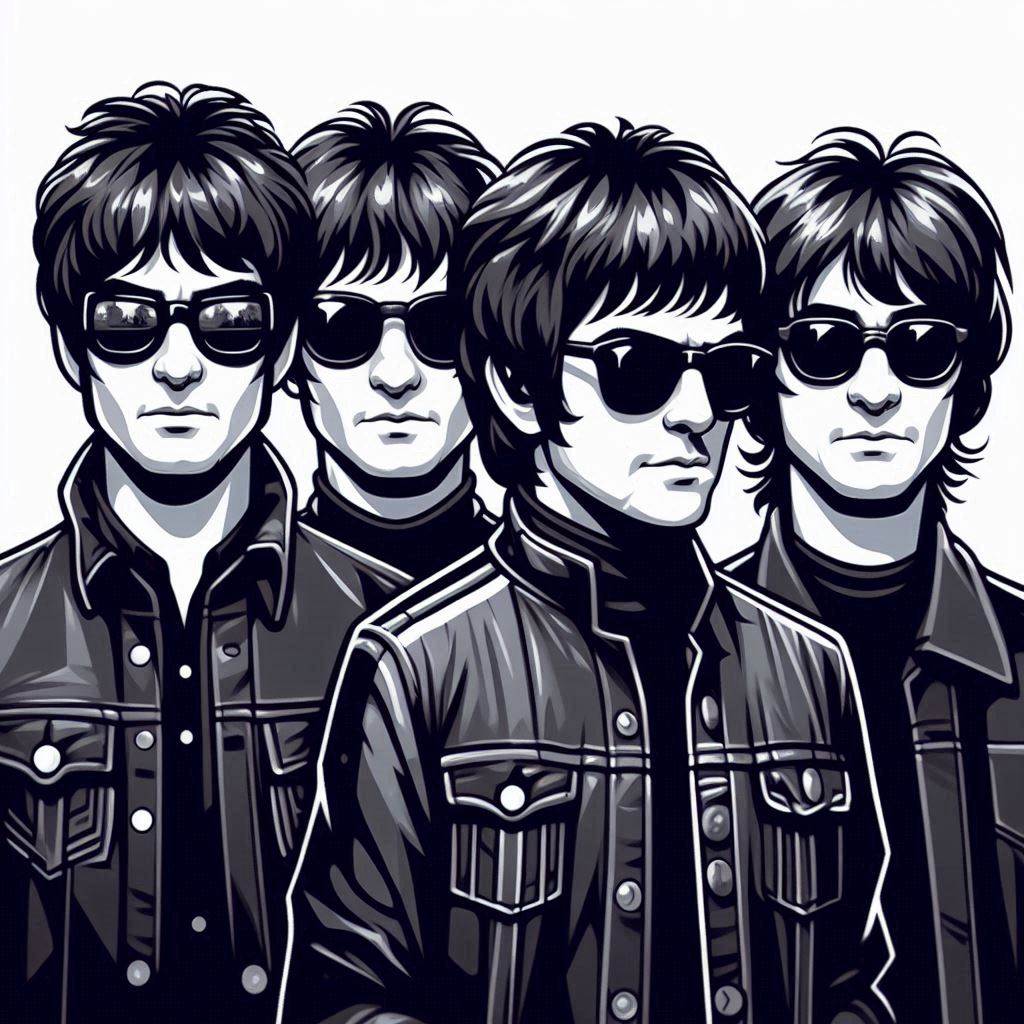News/
Analysis

A reunion bigger than Oasis’
Around the same time that Oasis split, the classic 4Ps of the marketing mix began to drift apart. It's been a longer separation than Oasis' big bang, but it contains the same ingredients: who really delivers and who is most important in the band?
Oasis’ devoted fans mourned the break-up loudly, but 4P’s separation has probably had a greater effect on the outside world.
The 4P framework is still a highly relevant foundation for marketing. In practice, however, most marketing managers and marketing departments are only responsible for one of the 4Ps: ‘promotion’. The marketing department has effectively become a marketing communications department.
As a result, it is often criticised for being too fluffy or simply the ‘colouring-in department’. A bit like singer Liam Gallagher.
The other three Ps (price, product and place) are handled elsewhere in the organisation. Often in the product department, the business unit or the sales team.
But why are these four Ps divided? As with Oasis, it’s because each band member believes their part is more important than the whole, and sooner or later the ego whispers ‘solo career’.
In marketing, this has led to each department focusing on its own part and optimising only its resources, skills and solutions.
The result is a separate focus on each of the P’s, with no coordination, overview or optimisation of the whole. A bit like Oasis’ first gigs in Los Angeles, when they simply played different songs at the same time because they had different set lists, without realising the cacophony they were creating.
That’s what happens when the stage monitor of your own instrument is too loud and you are too high on your own success (or other substances). Yes, it’s both true and tragicomic – just watch the documentary ‘Supersonic’..
But should the marketing department try to reclaim the three ‘lost’ P’s and become the strong ‘bandleader’, or is the battle already lost?
Is the battle already lost?
— Peter Lundberg & Robert Ryberg
Effective and business-oriented marketing is based on close cooperation between the functions, a collective that is jointly responsible for the overall performance of the four elements, not on a strong ‘band leader’.
This means planning and prioritising together, across functions. It needs to be based on business strategy and objectives, and be informed by shared insights.
And this is where there may be an opportunity for marketing to stop playing second fiddle. Instead, it can become the hub for the shared insight work that is often lacking in organisations. The function that brings together business, marketing, customer and communications data and orchestrates shared insights.
So the key to the best results is to connect all four Ps. It’s when the instruments play the same song in unison that the magic happens.
That’s why a reunion can be so much more lucrative than a solo career. Both for Oasis and for the business.
The article was initially published in the Swedish marketing journal Resumé.